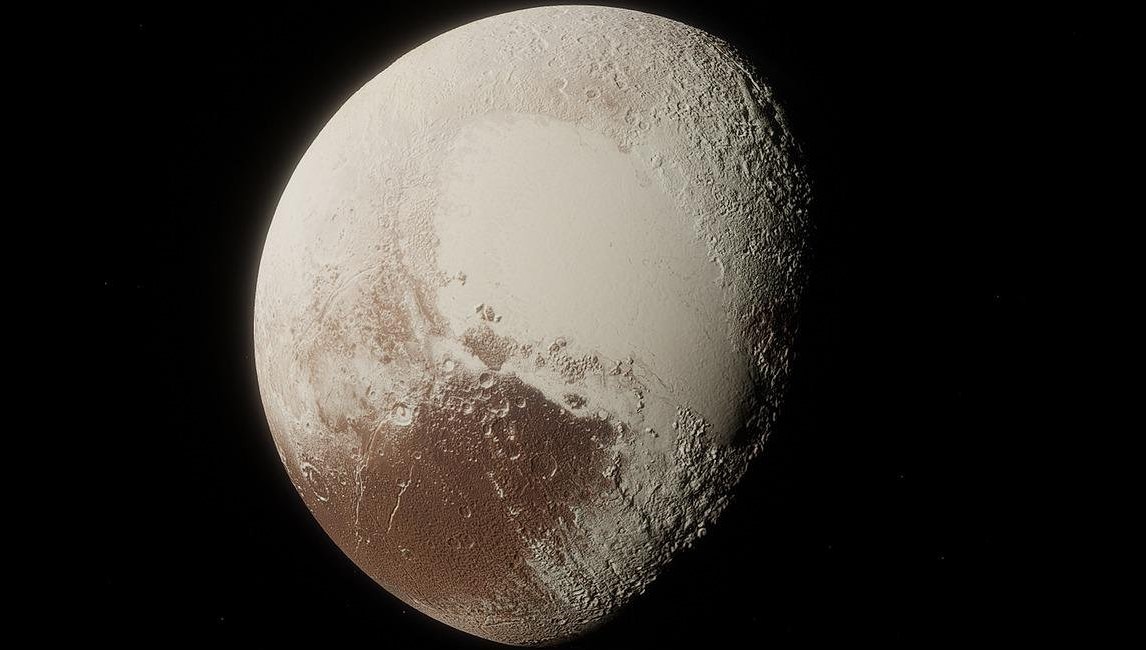Pluto, presently viewed as a bantam planet, turned into a subject important to numerous researchers since it is unusual and secretive. Another review recommends that Pluto's circle is somewhat steady throughout a more extended time frame, yet is dependent upon confusion and changes in a more limited period of time.
It required 248 Earth a long time for Pluto to finish one circle around the Sun. Its orbital direction doesn't lie on similar plane as its eight adjoining planets, but instead is leaned at a point of 17°. Pluto's strange circle is likewise more oval or curved than different planets.
The review was led by Dr. Renu Malhotra, Louise Foucar Marshall Professor of Science Research at the University of Arizona's Lunar and Planetary Laboratory (LPL), and Takashi Ito, a teacher at the Chiba Institute of Technology's Planetary Exploration Research Center (PERC) and the National Astronomical Observatory of Japan's (NAOJ) Center for Computational Astrophysics.
Researchers bring up that the orbital design of the goliath planets is situated in a thin specialty in which a Pluto-like circle is essentially steady on a giga year time scale, while the close by circles are exceptionally turbulent.
Numerous reproductions of Pluto's past and future circles have found amazing qualities that keep Pluto from crashing into Neptune.
"This is an orbital reverberation condition known as 'normal movement reverberation'," said Dr. Malhotra as cited from Universe Today, Saturday (4/6/2022).
This condition guarantees that when Pluto is at similar heliocentric distance as Neptune, its longitude is very nearly 90 degrees from Neptune.
Afterward, one more weird characteristic of Pluto's circle was found: Pluto arrived at perihelion at an area far over the plane of Neptune's circle. These are various sorts of orbital reverberation known as "vZLK motions". This shortening alludes to von Zeipel, Lidov, and Kozai, who concentrated on this peculiarity as a component of the "issue of three items."
Researchers are involving mathematical reenactments of Pluto's circle for up to five billion years into the future planetary group for their exploration. Specifically, they desire to respond to unsettled inquiries regarding Pluto's bizarre circle and other Pluto-sized objects.
Past examinations that attempted to address these inquiries with new hypotheses, were extremely restricted in progress. In this speculation, Pluto is brought into its ongoing typical movement reverberation by Neptune, who relocated during the early history of the Solar System.
This hypothesis predicts that other Trans-Neptune Objects (TNO) will have a similar reverberation conditions as Plutino, which has been affirmed by finding countless Plutino. Because of this thought, the possibility of planetary movement is currently more generally acknowledged.
A long ways past that, this study has huge ramifications for future investigations of the external Solar System and its orbital elements. Further examinations could assist space experts with more deeply studying the relocation history of the goliath planets and how they at last got comfortable their ongoing circles.
The exploration could likewise prompt the disclosure of new unique instruments that would make sense of the beginning of the circles of Pluto and different bodies with a high orbital tendency.
